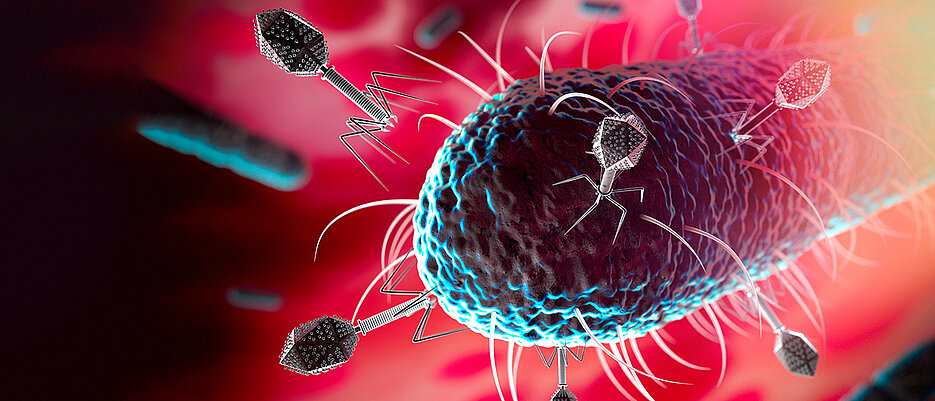After recent heavy rains in some areas across Victoria, it is time to assess if your effluent ponds are coping with the extra inflows. Now is the time to be preparing your effluent ponds for the winter period.
Effluent systems are generally designed to have the storage ponds empty going into the winter. This is because during this time rainfall exceeds evaporation, and paddocks are generally too wet to apply effluent as it increases the risk of nutrient run off and waterlogging.
By reducing second pond volume, farmers can maximise fill capacity, plus applying an autumn application of effluent will provide a free boost to winter pasture growth. This is due to the large amount of nitrogen and potassium which is often held.
If applying effluent:
- leave 300mm of effluent in the bottom of the ponds to prevent cracking and future leaking
- if effluent is recycled for yard washing, then enough effluent must be left in the pond for this to continue
- rotate effluent application paddocks regularly and regularly soil test application areas
- avoid grazing paddocks until at least 21 days after effluent application
- graze prior to irrigation as it allows greater penetration of UV rays into the canopy to kill pathogens.
- transition cows should not be grazed on high potassium paddocks – including paddocks where effluent has been applied
- young stock should not have access to areas where effluent is stored or has been applied.
Ideally test the effluent prior to application to assess the nutrient concentrations, so appropriate application rates can be calculated.
If you don’t have a recent test you can assess an appropriate application rate by using Dairy Australia’s Effluent and Sludge calculator https://www.dairyingfortomorrow.com.au/tools-and-guidelines/nutrients-from-effluent-and-sludge-calculator/
The first effluent pond should also be de-sludged every couple of years, depending on the size of the pond and herd size, to ensure sludge does not build up and find its way into the second pond.
First pond sludge is an extremely useful resource and acts as a slow release fertiliser, still providing additional growth twelve to eighteen months after application. Sludge application can be a good way to kick start a rundown area of the farm and can be incorporated during a cropping phase.
All dairy farmers are required to keep dairy effluent on farm and out of waterways. By ensuring your ponds are empty before winter it will assist you to manage your effluent system over the wet months.








